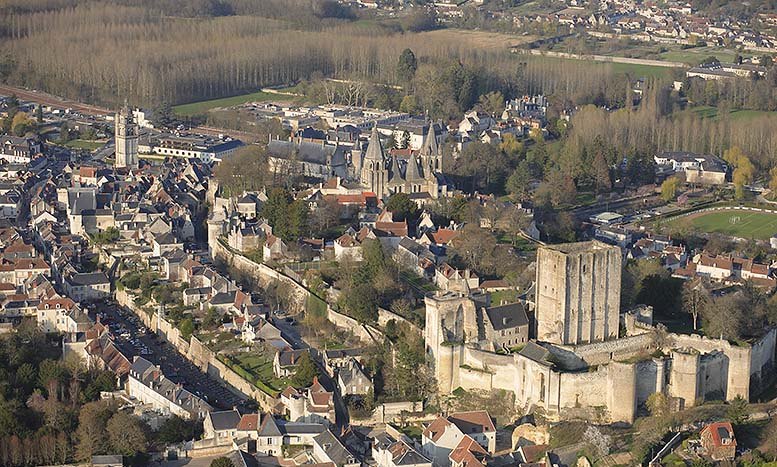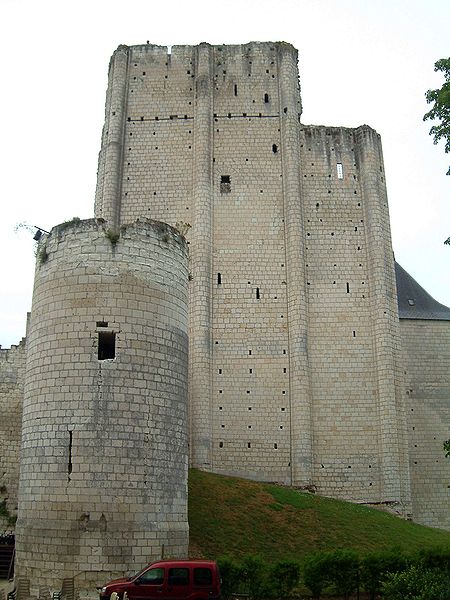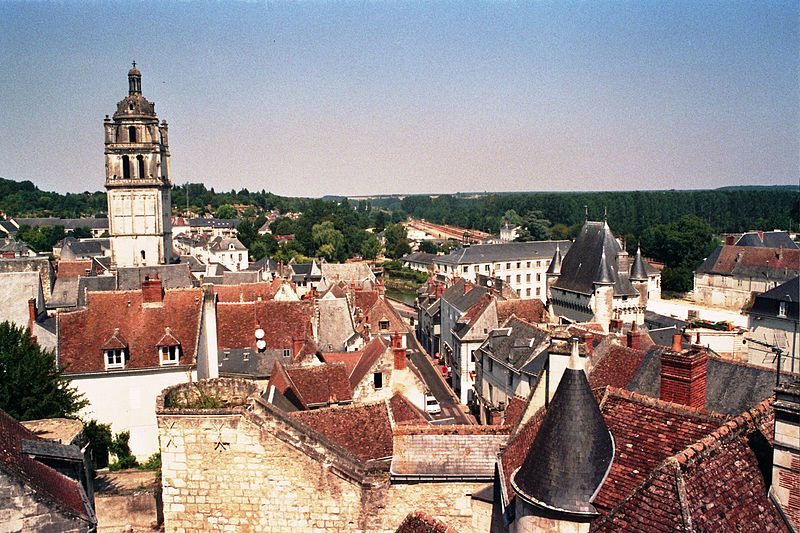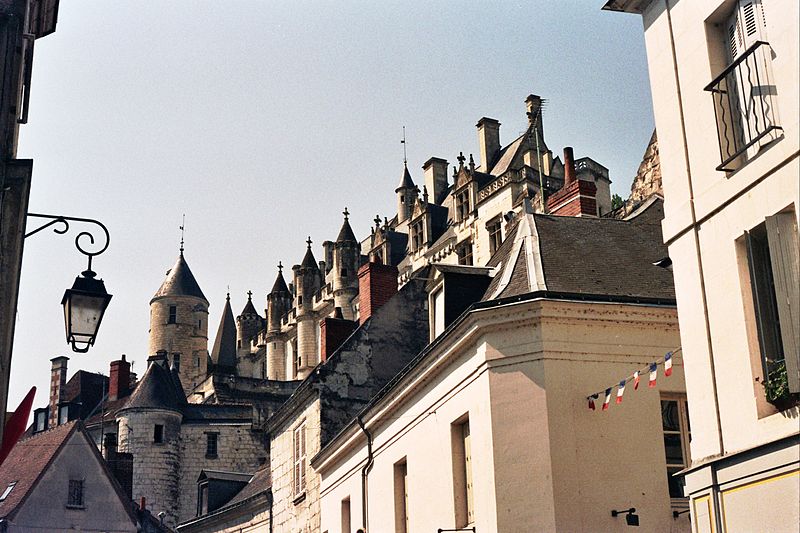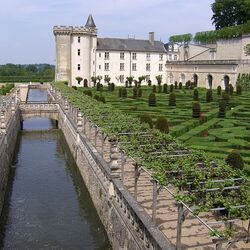Loches Castle
Loches Castle is one of the oldest castles in the Loire River Valley, which has seen many battles and royal intrigues over the years.
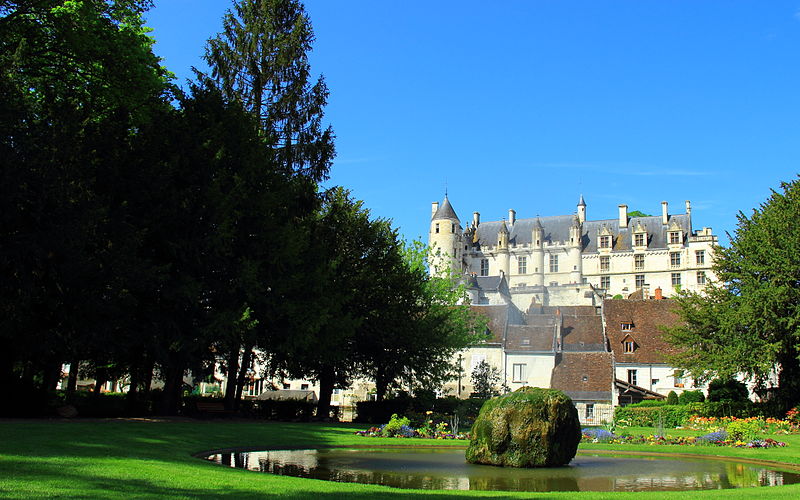
The first defensive structure in this place appeared at the beginning of the 9th century, and was a wooden tower protecting the settlement. Everything changed when the ownership of these lands passed to Fulk Nerru, an aggressive count who wants to significantly increase his territory. During his life, he built more than 10 fortresses to protect the occupied lands. The construction of Losh Castle began in 1005 and ended 65 years later. Although the size of the fortress is quite small, it is only 25 meters long and 15 meters wide with 38 meters in height. But in those days it was considered impregnable, because the thickness of the walls was almost 3 meters, which made the destruction of Losh castle problematic. The assault was greatly hampered by the numerous loopholes in the walls, as well as the hinged loopholes (machicolations) at the top, from which stones, tar were poured on the enemy and shot at the enemies standing at the walls.
Fulk Nerra died in 1040 and was succeeded by Geoffrey Martel d'Anjou, who destroyed his neighbors and quietly began to live in Loches Castle, building additional fortresses around. This continued until the Fulk family tied the knot with the daughter of the English king. Their son ascended to the throne of England in 1154 and started a war with France over the appropriation of his lands by the French. Then Richard the Lionheart became king of England, who went to fight in the Holy Land and was viciously captured by the Holy Roman Emperor, who conspired with Philip Augustus. To free Richard, his brother Jean the Landless gave away many lands, including the castle of Los. But Richard, who was freed in 1195, regained his castle in just a couple of hours. Four years later, Richard the Lionheart died, and his son Arthur was killed by Jean Landless, thus becoming king. In 1204, the French blockade of Los Castle began and lasted for a whole year until it fell. Later, a prison was set up in the castle.
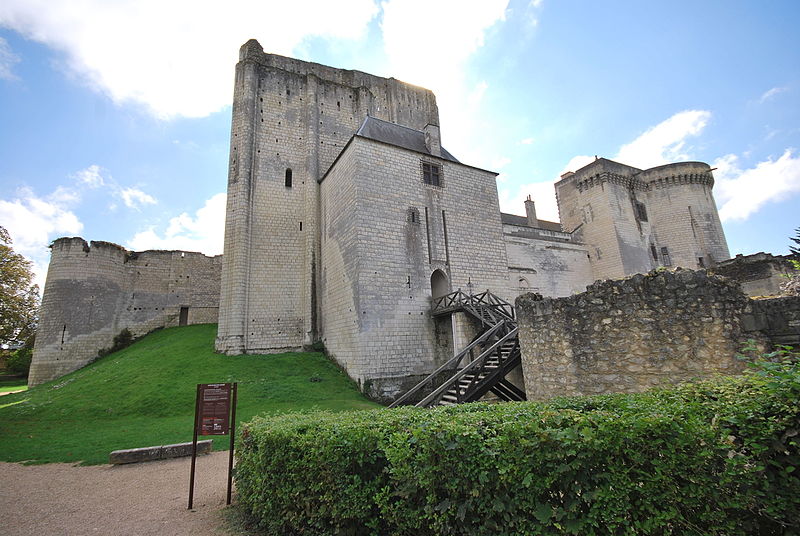
Nowadays, you can safely stroll through some of the cellars of Losh Castle, in which Charles VII equipped a torture chamber. In the basement there are shackles in which the unfortunate were chained before their quartering. You can also see a replica of the cage where Bishop Balu lived for eleven years. The most interesting one in the castle is the dungeon, which can only be accessed through a tower with embrasures, standing three meters above the ground. There used to be a ladder here, most likely. In the dungeon itself there is a spiral staircase that leads to the roof. From here you can enjoy a wonderful view of the whole area. From the roof, it becomes clear that a huge castle with thick walls protects a small village.
